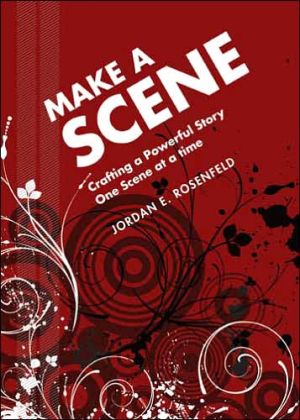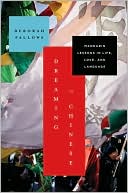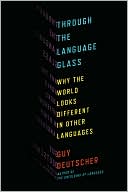Make a Scene: Crafting a Powerful Story One Scene at a Time
Write Scenes that Move Your Story Forward\ In Make a Scene, author Jordan E. Rosenfeld takes you through the fundamentals of strong scene construction and explains how other essential fiction-writing techniques, such as character, plot, and dramatic tension, must function within the framework of individual scenes in order to provide substance and structure to the overall story. You'll learn how to:\ \ Craft an opening scene that hooks readers and foreshadows supporting scenes\ Develop...
Search in google:
Practical, usable information for writers of all skill levels. With precise instruction, examples from bestsellers, unique exercises, and scene-writing tips from successful authors such as Elizabeth Cox and Sheila Kohler, this book shows readers how to craft each scene so that it renders a vivid emotional punch, establishes and maintains tension, and propels the reader forward. Unique angle for fiction writing book. The majority of fiction writing books focus on the generalities of writing dialogue, developing characters, creating tension, etc. This book shows readers how to apply those skills on the crucial scene level.Accessibility and applicability. This book's short, focused chapters provide readers with quick entry points into the text and lead straight to easy-to understand tips readers can use to apply the techniques to their own work.Scenes are essential fictional units, and if a single unit falters, then an entire novel or short story can be weakened. While there is no paint-by-numbers formula for writing powerful scenes, writers can drastically improve their entire manuscripts by understanding the primary components of a given scene and how to manipulate those components to create the desired amount of drama, emotion, tension, energy, and intrigue. Make a Scene explains the fundamentals of strong scene construction and how other essential fiction-writing techniques, such as character development, pacing, description, and transitions must function within the framework of individual scenes in order to provide substance and structure to the overall story.
Preface XIntroduction 1Architecture of a SceneFunctions of a Scene 5Strong Scene Launches 13Powerful Scene Middles 21Successful Scene Endings 29The Core Elements and the SceneSetting 39The Senses 52Character Development and Motivation 61Plot 68Subtext 80Dramatic Tension 87Scene Intentions 95Scene TypesThe First Scene 105Suspense Scenes 117Dramatic Scenes 127Contemputive Scenes 142Dialogue Scenes 157Action Scenes 173Flashback Scenes 182Epiphany Scenes 193Climactic Scenes 203The Final Scene 213Other Scene ConsiderationsMultiple Points of View 227Your Protagonist's Emotional Thread 239Secondary and Minor Characters 250Scene Transitions 258Scene Assessment and Revision 266Index 272








